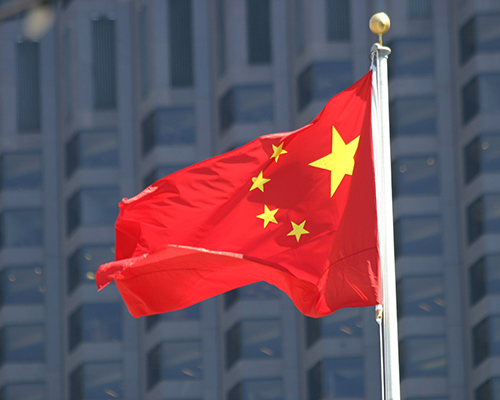The Impact of Decelerating Chinese Growth on Asset Allocation
The recent downdraft in the Chinese equity market has shone a harsh light on the unsustainability of China’s recent economic trends: economic growth is decelerating after an unprecedented run of GDP gains that averaged nearly double digits over the past 15 years. During that time, China expanded to become the world’s second largest economy and its number-one consumer of many raw materials.
China’s breakneck growth is now slowing, and the implications for investors are significant. Not only is China’s growth slowing, but the government is also attempting to transition the economy from one driven by capital-intensive exports to one led by domestic consumption of goods and services. The combination of these two forces is changing the flows of global trade and supply and demand for commodities, with implications for the asset allocation of most investors.
China’s entry into the World Trade Organization (WTO) in 2001 represented the last major inflection point for strategic asset allocation, unleashing a wave of deflationary pressure in traded goods (now produced more cheaply on factory floors in the Far East) and inflationary pressure in commodities (as China ramped up production, it imported massive quantities of oil, copper, iron ore, and many other raw materials, driving up prices as supply lagged new demand). Investors, who had shunned commodities since the Fed broke the back of inflation in the early 1980s, became enamored with real assets again. Other emerging markets benefited by becoming suppliers to the Chinese manufacturing engine, and their markets too became integral parts of most asset allocation models.
Now those forces are receding, if not reversing, with an inverse effect on asset allocation strategy. China’s decade-plus of runaway growth has led to overcapacity while global demand has ebbed as consumers have reached the limits of income and credit growth. As China works to reorient its economy to emphasize consumption over capital investment, demand for raw materials has fallen even as supply rises thanks to long-term investments made during boom times. The allure of an allocation to commodities is gone, and investors must adjust to the reality of a low-growth world where the tendency is toward deflation, not inflation, and power shifts from producers to consumers of basic materials.
So how might this affect an investor’s approach to asset allocation? Here is a summary of the different ways which we view certain asset classes today vs. 15 years ago:
| Weight relative to strategic model: | |||
| Asset Class | Then | Now | Comment/Reasoning |
| US Equities | Equal Weight | Underweight | Monetary policy tightening relative to other developed markets |
| Developed Market Equities | Underweight | Overweight | Valuation and monetary policy lend support |
| Emerging Market Equities | Overweight | Underweight | Structural issues highlighted by slowing China and foreign currency-denominated debt |
| US Bonds | Underweight | Overweight | Deflationary forces likely to weigh for some time on long rates |
| Real assets | Overweight | Underweight | Intersection of falling demand and rising supply of commodities; real estate fairly valued |
Since asset allocation is the primary driver of investment returns, we are actively reviewing our model weights in light of the shifting circumstances and have in fact already made some significant alterations such as eliminating our direct exposure to commodities. The apparent structural nature of these changes should give us time to make further adjustments accordingly.
